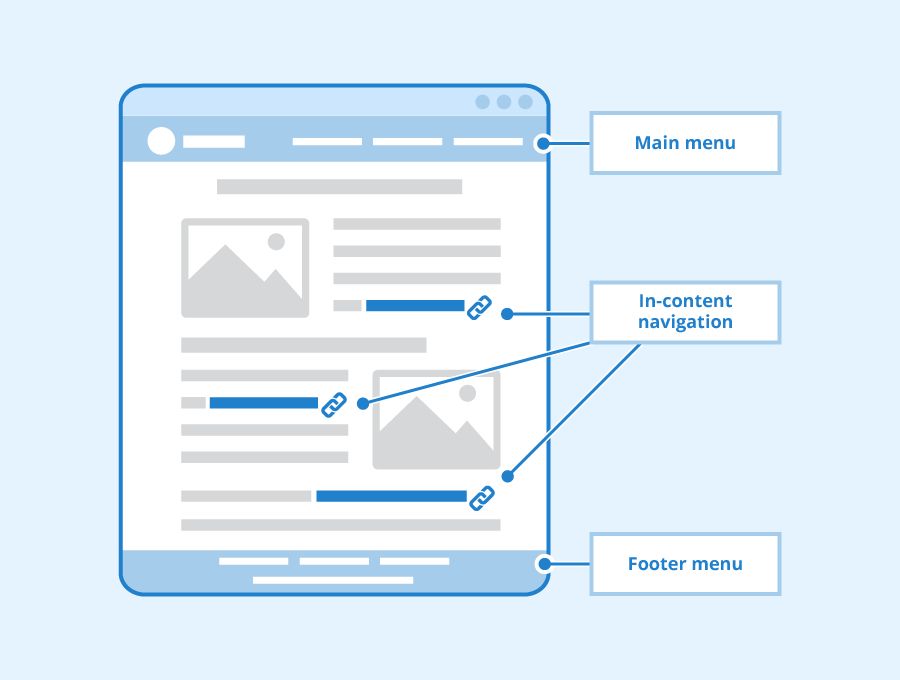At the time, the 2020 introduction of GA4 was met with interest across the digital marketing world. However, there was no real urgency in making the change, particularly among the smaller agencies who had reliable and well-honed systems already in place. That has now changed with Google’s announcement that GA4’s predecessor, Universal Analytics (UA), will be retired in mid-2023.
The reason for the increased interest in GA4 is that once UA is retired, all access to your history from that product will also become unavailable, albeit at some, unidentified point in the future. In addition, if you only make the switch to GA4 when UA disappears, you won’t have any specifically comparable historical data to learn from or measure your performance against.
While it might seem that the switch to GA4 should be at least started sooner rather than later, an idea of the pros and cons of the updated google analytical system seems like a good idea. Let’s start with the pros.
Manage The Complete User Journey

The GA4 platform works for websites and mobile, an improvement from UA which could only be used on websites. This means that marketers can gain a better and more complete picture of the entire customer journey.
Supports More Customisable Metrics

GA4 has more than double the customisable events than were available on UA. This ensures you can dig down into more detail that’s relevant to your needs as a digital marketer.
GA4’s AI learning Provides Predictive Insights

The updated analytics system is driven by a powerful AI system that is designed to try and spot new trends before they emerge. This could prove very useful for digital marketers, helping them get ahead of the curve in some key areas which could ultimately deliver an improved ROI.
Automatic Activity Tracking
![]()
Having certain online interactions been tracked automatically means you as a digital marketer will need to create fewer tags for the more common tracking requirements. They include scroll tracking and simple video tracking which are typically used by most users.
More Marketer Friendly User Interface

One area that highlights exactly how different GA4 is from UA is the user interface. In UA, user tabs have titles such as acquisition, behaviour, conversion and audience. However, the GA4 upgrade gives users new and more relevant options including monetization, acquisition, retention and engagement. There is also an audiences report which helps to identify activity and engagement with purchasers or mobile users, etc.
As you can see, there are a number of positives that digital marketers can gain from switching to GA4. However, even though it brings some good new options, there are also some drawbacks when compared with UA, so let’s take a look at those.
Training and Skills Gap

GA4 is really quite different from UA and that means that for marketers wishing to gain the best use out of the new system, there is going to be a period of training and upskilling. Without some time dedicated to learning how to use GA4 and all of its functionality, then the benefits of it are unlikely to be felt for some time.
Very Different Menu Structures and Loss of Some User Functionality
The GA4 menu structure is very different from and much smaller than in UA. While some might prefer this, it does make it more difficult to find the area you’re looking for from the main menu. Even where there is an alternative option in GA4, it doesn’t always exactly replicate what was available in UA which will make it difficult, particularly in the first months of use, to gain the information you want.
Historical, Comparable Data Issues

For new users of GA4, the historical data will only begin to build up from that time. It is possible to download UA reports and use some of that information as a comparison. However, to get the most out of some of the new GA4 features, it’s a case of the sooner the better for switching, as that powerful AI learning requires historical activity to make the best predictions.
Potential Loss of Historical UA Data

Sticking with the data theme, once UA is retired, there will come a point when your data from that system is also removed. While it is possible to download UA data reports – as mentioned above – the data will only be available for a limited period of time.
While there are clearly some notable negatives of the GA4 system, they typical relate to time, historical data and the completely new interface. Of course, for some marketers the loss of preferred and favourite options will have an impact on their ability to create campaigns based on particular parameters. However, once users get up to speed with GA4 and can begin to benefit from newly created historical data, in many cases, the alternative options provided by the updated analytics system will deliver suitable and usable information to drive engaging and profitable digital campaigns.
Comment below with your thoughts on GA4 or predictions on how its likely to affect digital marketing campaigns.

